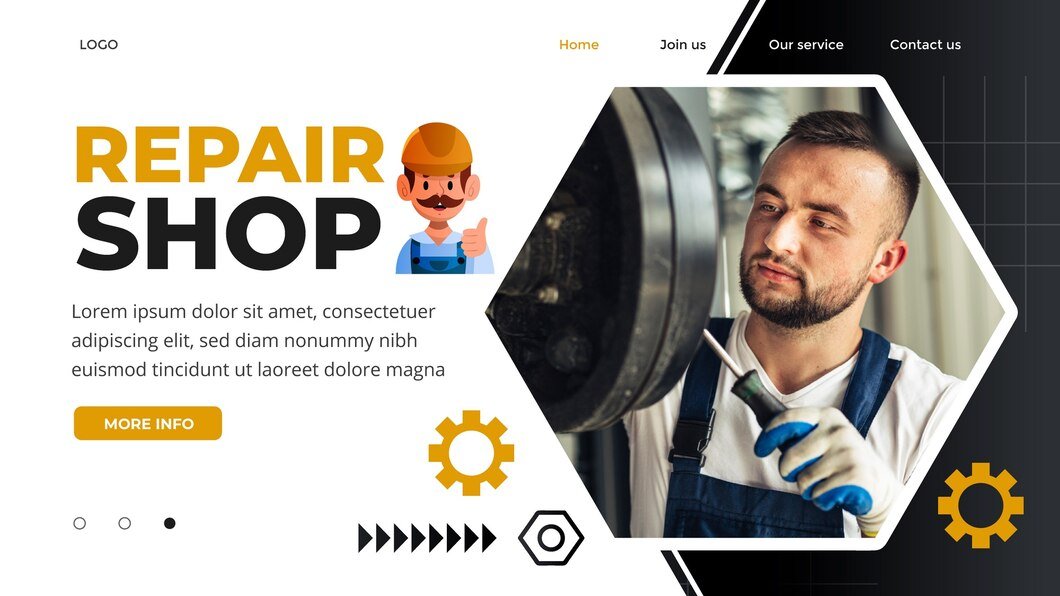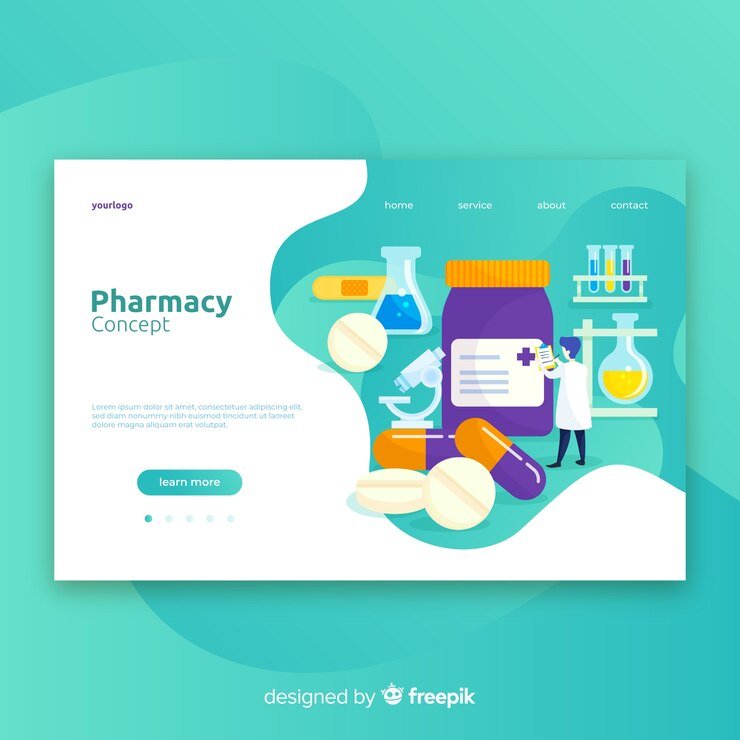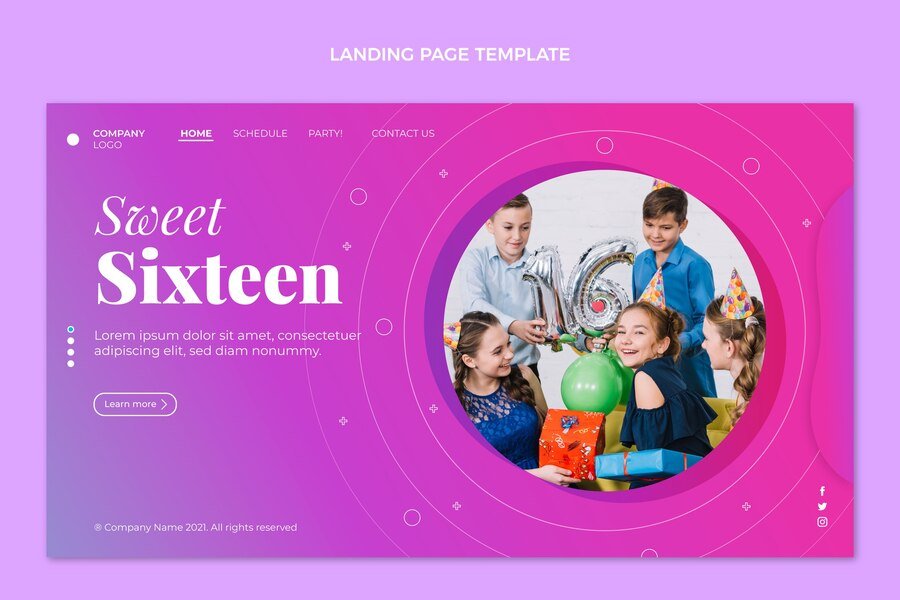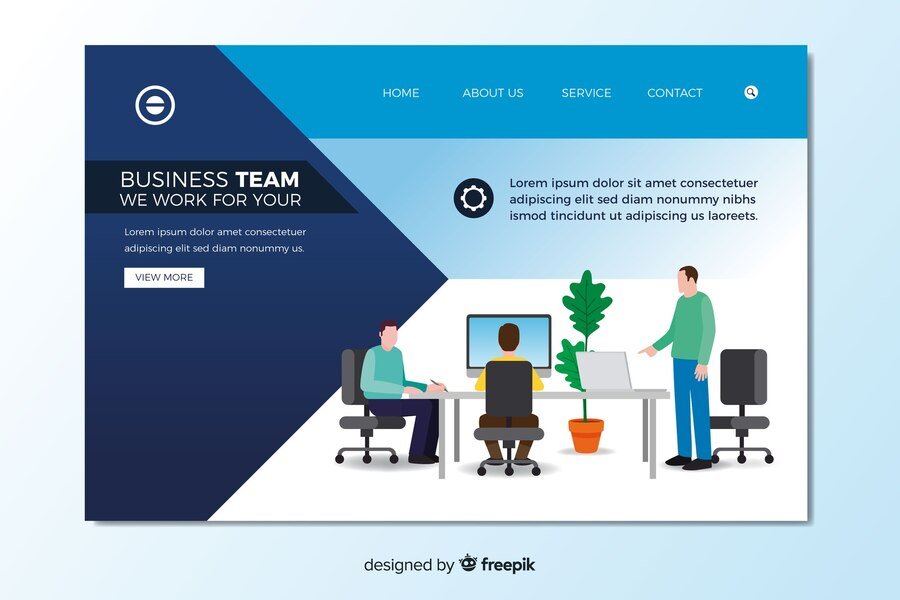In the rapidly evolving digital marketplace, having a robust e-commerce SEO strategy is essential for driving organic traffic and increasing sales. Search engine optimization (SEO) for e-commerce involves optimizing your online store to rank higher in search engine results pages (SERPs), thereby attracting more potential customers. This article will explore best practices for e-commerce SEO to help you achieve sustainable growth and success.
Understanding E-commerce SEO
E-commerce SEO is the process of making your online store more visible in search engine results. When people search for products you sell, you want to rank as highly as possible so that you attract more traffic. This involves optimizing various elements of your site, including product pages, category pages, and technical aspects to improve your site’s search engine performance.
1. Conduct Comprehensive Keyword Research
Keyword research is the foundation of any successful SEO strategy. Identifying the right keywords helps you understand what potential customers are searching for and how to target those searches effectively.
Identify Primary and Secondary Keywords
Focus on finding primary keywords that have high search volume and are relevant to your products. Use tools like Google Keyword Planner, Ahrefs, or SEMrush to find these keywords. Additionally, identify secondary keywords or long-tail keywords that are less competitive but still relevant to your products.
Analyze Competitor Keywords
Examine the keywords your competitors are ranking for. This can provide valuable insights into potential keyword opportunities you might have overlooked. Tools like Ahrefs and SEMrush can help you analyze competitor keywords and identify gaps in your own strategy.
2. Optimize Product Pages
Product pages are the heart of your e-commerce site, and optimizing them is crucial for improving your SEO performance.
Write Unique Product Descriptions
Avoid using manufacturer-provided descriptions, as these are often duplicated across multiple sites. Write unique, detailed, and engaging product descriptions that highlight the benefits and features of your products. Include primary and secondary keywords naturally within the content.
Use High-Quality Images and Alt Text
High-quality images not only improve user experience but also contribute to SEO. Optimize your images by compressing them to reduce load times and using descriptive filenames. Additionally, include alt text for each image to help search engines understand the content and context of the images.
Implement Structured Data Markup
Structured data markup (Schema.org) helps search engines understand the content of your pages better. Implementing structured data for product pages can enhance your search listings with rich snippets, which can increase click-through rates (CTR) by displaying additional information such as product ratings, prices, and availability.
3. Enhance Category Pages
Category pages often serve as entry points for users and can attract significant organic traffic if optimized correctly.
Optimize Category Descriptions
Write unique and informative descriptions for each category page. Use relevant keywords naturally and provide valuable information about the types of products available in that category.
Implement Internal Linking
Internal linking helps distribute link equity throughout your site and improves navigation. Link from your category pages to relevant product pages and vice versa. This not only enhances user experience but also helps search engines crawl and index your site more effectively.
4. Improve Site Architecture and Navigation
A well-structured site is easier for search engines to crawl and for users to navigate, both of which are critical for SEO.
Create a Logical Hierarchical Structure
Organize your site in a logical hierarchy with clear categories and subcategories. Ensure that every page is accessible within a few clicks from the homepage. This improves user experience and helps search engines understand the structure of your site.
Use Breadcrumbs
Breadcrumbs enhance navigation by showing users their location within the site’s hierarchy. They also provide additional internal links, which can improve SEO. Implement breadcrumb navigation on all pages to help users and search engines alike.
5. Optimize for Mobile
With a significant portion of online shopping happening on mobile devices, optimizing your e-commerce site for mobile is crucial.
Implement Responsive Design
Ensure that your site uses a responsive design that adjusts to different screen sizes and devices. This improves user experience and is a critical factor in Google’s mobile-first indexing.
Improve Mobile Load Times
Mobile users expect fast-loading pages. Optimize your site’s performance by compressing images, leveraging browser caching, and minimizing the use of heavy scripts. Use tools like Google’s PageSpeed Insights to identify and fix performance issues.
6. Focus on Technical SEO
Technical SEO involves optimizing your site’s backend structure to improve its performance and ensure it meets search engine requirements.
Ensure Fast Load Times
Site speed is a critical ranking factor. Use tools like GTmetrix or Pingdom to monitor and improve your site’s load times. Optimize server response times, use a content delivery network (CDN), and compress files to enhance speed.
Optimize URL Structures
Use clean, descriptive URLs that include relevant keywords. Avoid using long strings of numbers or irrelevant characters. A well-structured URL is easier for search engines and users to understand.
Implement HTTPS
Security is a priority for search engines and users alike. Ensure that your site uses HTTPS, which provides a secure connection and can positively impact your rankings.
7. Create High-Quality Content
Content marketing is a powerful tool for e-commerce SEO. Creating valuable, relevant content can attract and engage your audience while improving your search rankings.
Start a Blog
A blog allows you to create content around relevant topics and keywords. Write informative articles, how-to guides, and product reviews that provide value to your audience. Regularly updating your blog can also help keep your site fresh and relevant.
Produce Video Content
Video content is highly engaging and can improve your site’s SEO. Create product videos, tutorials, and customer testimonials. Optimize your video titles, descriptions, and tags with relevant keywords.
8. Leverage Backlinks
Backlinks from authoritative sites signal to search engines that your site is trustworthy and valuable.
Build Relationships with Influencers and Bloggers
Reach out to influencers and bloggers in your industry. Collaborate on content, offer guest posts, and seek opportunities for them to link back to your site.
Create Shareable Content
Produce high-quality content that others want to share and link to. Infographics, research studies, and comprehensive guides can attract backlinks naturally.
Conclusion
Implementing best practices for e-commerce SEO is essential for increasing your online store’s visibility, attracting more organic traffic, and driving sales. By conducting comprehensive keyword research, optimizing product and category pages, improving site architecture and navigation, focusing on mobile optimization, enhancing technical SEO, creating high-quality content, and leveraging backlinks, you can develop a robust SEO strategy that supports long-term growth.
Remember, SEO is an ongoing process that requires continuous monitoring and optimization. Stay up-to-date with the latest trends and algorithm updates to ensure your e-commerce site remains competitive in the ever-changing digital landscape.








